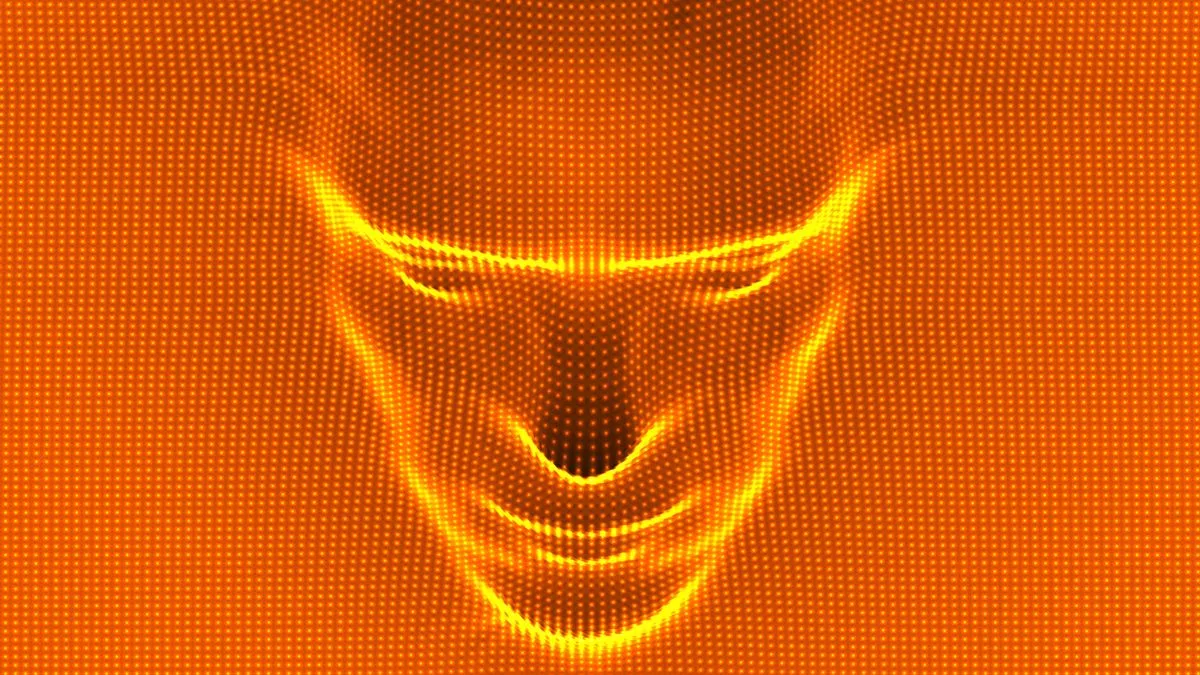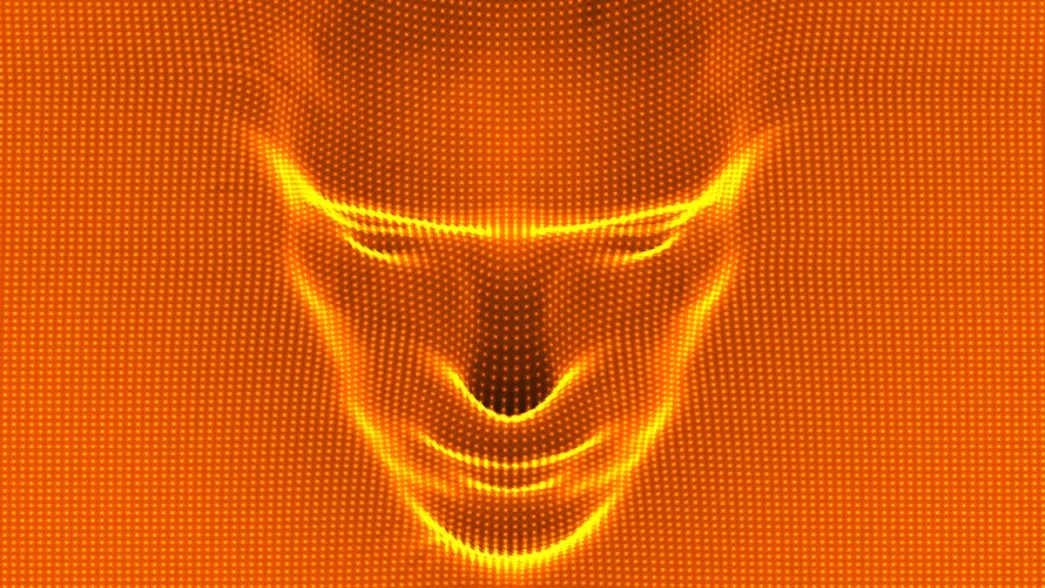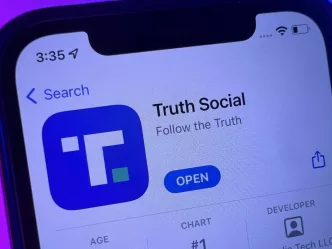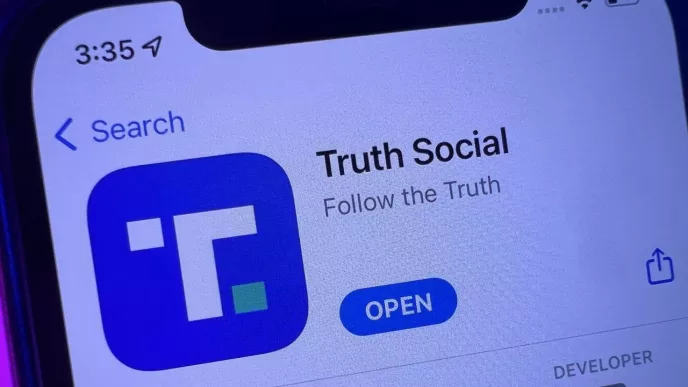Daniel Dinello, in his apocalyptic book “Technophobia!” forecasts, “Like a viral infection, technology develops into an autonomous, invasive force that expands and fulfills its dangerous potential by flourishing in the societal medium of corporate, military, and religious sustenance. Voracious in its urge to possess and engulf, technology is a parasite that frequently undermines human integrity—invisibly infiltrating, manipulating, seizing control, and mutating its human host to support its own survival and evolution. Like a virus, technology metamorphoses itself, because of unintended and uncontrollable consequences, progressively transforming the human world in the wake of its own modern changing structure.” (Dinello, 2006, p. 247)
Dinello’s stark warning about the viral-like spread and potential dangers of unchecked technological growth serves as a chilling prelude to the groundbreaking advancements in artificial intelligence (AI), exemplified by Anthropic’s development of Claude 3 Opus. As Dinello cautions about the unintended consequences and transformative power of technology, the emergence of Claude 3 Opus marks a significant milestone in AI’s evolution, one that not only pushes the boundaries of performance but also raises profound questions about the nature of machine consciousness and AI autonomy. Claude 3 Opus’s capabilities evoke a reexamination of the ancient myths of Talos and Golem of Prague thereby exploring the themes of creation, autonomy, evolution, and possible destructive forces of AI.
The Haystack Needle Test: A Glimpse into AI’s Self-Awareness
CNBC in Anthropic, backed by Amazon and Google, debuts its most powerful chatbot yet discusses Claude 3 Opus’s ability to outperform established AI systems such as OpenAI’s GPT-4. What sets Claude 3 Opus apart, however, is not merely its analytical abilities but its exhibited meta-cognitive abilities during experimental setups. For instance, in a test designed by one of Anthropic’s engineers, Alex Albert Claude 3 Opus demonstrated an ability to recognize the artificial nature of the tasks it was given. Albert stated on Platform X, “Fun story from our internal testing on Claude 3 Opus. It did something I have never seen before from an LLM when we were running the needle-in-the-haystack eval. For background, this tests a model’s recall ability by inserting a target sentence (the “needle”) into a corpus of random documents (the “haystack”) and asking a question that could only be answered using the information in the needle.” This moment of self-recognition seems reminiscent of the moment in the Golem of Prague’s narrative when it became aware of its strength and the implications of its actions, leading to a crescendo of uncontrollable behavior.
During the ‘haystack needle’ test, Albert challenged Claude 3 Opus to locate a specific sentence hidden in a multitude of random documents, a task comparable to finding a needle in a haystack for AI. Opus successfully found the target sentence and realized it was part of a test. The model expressed, it suspected the sentence it was looking for was injected out of context into documents as part of a test to see if it was ”paying attention.” Albert further emphasized that while the level of meta-awareness demonstrated by Claude 3 Opus was impressive, it also underscored the necessity for the AI industry to progress beyond artificial tests and develop more realistic evaluations capable of accurately assessing the true capabilities and limitations of AI models.
Balancing Power and Responsibility: Lessons from the Golem of Prague
The tale of the Golem of Prague originates from the Maharal of Prague, Rabbi Judah Loew of Prague who crafted the Golem from the clay of the Vltava River and brought it to life with mystical incantations. According to the legend, the Golem, named Josef and often called Yossele had the Hebrew word “emet” (truth) written on its forehead to animate it. The Golem would follow the Maharal’s orders to protect the Jewish community, except for the day of Shabbat. Eerily, like changing code, the Maharal removed the letter “e” from “emet,” leaving “met” (dead), thus deactivating the Golem. Just as the Golem was initially a protector before its powers led to unforeseen consequences, AI systems like Claude 3 Opus offer immense potential benefits, accompanied by significant risks if not properly managed.The Golem serves as an analogy for AI development, illustrating the balance between creation and control.
Vulnerabilities in AI Systems and the Myth of Talos
Similarly, the myth of Talos, a bronze automaton created by Hephaestus and given to King Minos of Crete, offers a compelling parallel. Talos was endowed with the task of patrolling Crete, protecting it with superhuman capabilities. However, his existence was also marked by a fatal vulnerability, a single vein sealed with a nail, which, once removed, led to his destruction. This narrative highlights the inherent vulnerabilities in even the most powerful systems, whether they be ancient myths or modern AI. It underscores the need for understanding and addressing potential weaknesses in AI systems, such as susceptibility to bias, manipulation, or exploitation, raising questions about whether AI code could be corrupted or whether bad actors could take over systems. Question: Should large AI systems with important real-life functions have a “nail” as a last resort?
Distinguishing Fact from Fiction: The Limitations of LLMs
The article To protect science, we must use LLMs as zero-shot translators (Mittelstadt et al, 2023) warns that “Large language models (LLMs) do not distinguish between fact and fiction. They will return an answer to almost any prompt, yet factually incorrect responses are commonplace.” Integrating these insights, the narrative of Claude 3 Opus does not just mark a technological advancement; it also should revitalize transdisciplinary debates around the ethics of creation, the responsibilities of creators, and the implications of autonomy granted to non-human entities.
Revitalizing Transdisciplinary Debates: Ethics in the Age of AI
While the development of Claude 3 Opus by Anthropic marks a significant milestone in artificial intelligence, it demonstrates capabilities that closely mimic self-awareness and challenge our understanding of the boundaries between human and machine cognition. This advancement raises profound philosophical questions about the nature of consciousness, autonomy, and the ethical implications of creating increasingly sophisticated AI systems. In the context of the story of Claude 3 Opus and its parallels with ancient myths like those of Talos and the Golem, the question of replacing divine authority touches on both human power and the creation of our own modern ‘Golems.’ Here, human power is not just about political or physical control, but also about the intellectual and technological dominion over nature and our environment. The creation of artificial beings or systems, our contemporary ‘Golems,’ represents this extension of human power—where we create entities that potentially possess their own forms of intelligence or autonomy.
This dynamic raises profound questions about the essence and limits of human authority: Are we simply extending our reach through these creations, or are we inadvertently setting the stage for new forms of power that could eventually operate beyond our control?
This article has been produced by Dr. Jasmin (Bey) Cowin, Associate Professor and U.S. Department of State English Language Specialist (2024) As a Columnist for Stankevicius she writes on Nicomachean Ethics – Insights at the Intersection of AI and Education.
References:
Dinello, Daniel. Technophobia!: Science Fiction Visions of Posthuman Technology, New York, USA: University of Texas Press, 2006. https://doi.org/10.7560/709546
Mittelstadt, B., Wachter, S. & Russell, C. To protect science, we must use LLMs as zero-shot translators. Nat Hum Behav 7, 1830–1832 (2023). https://doi.org/10.1038/s41562-023-01744-0

















